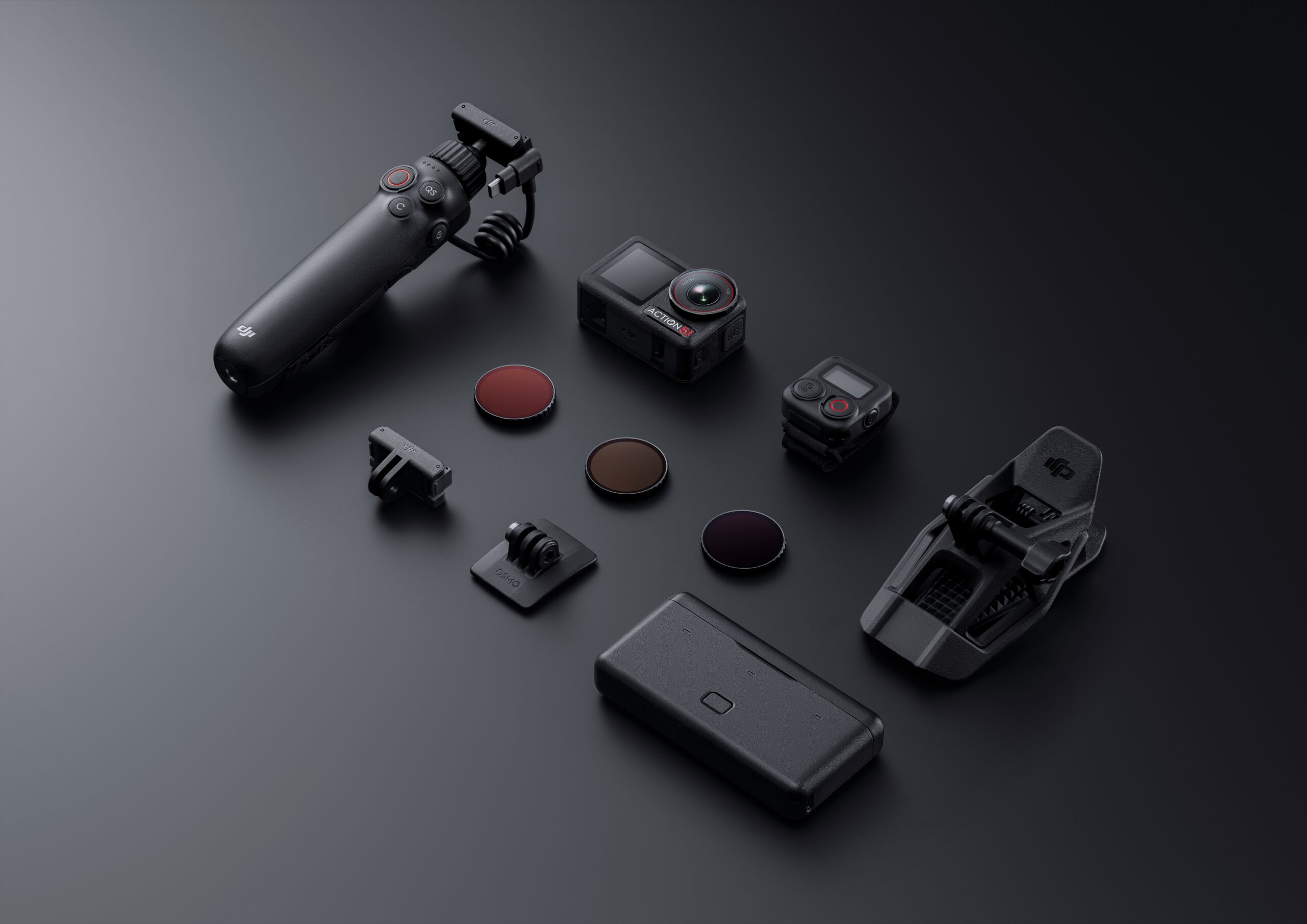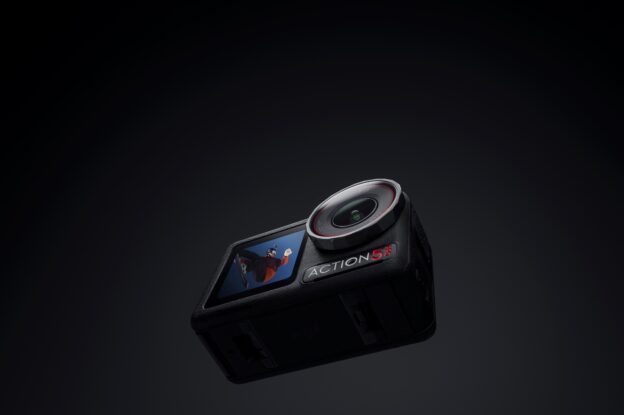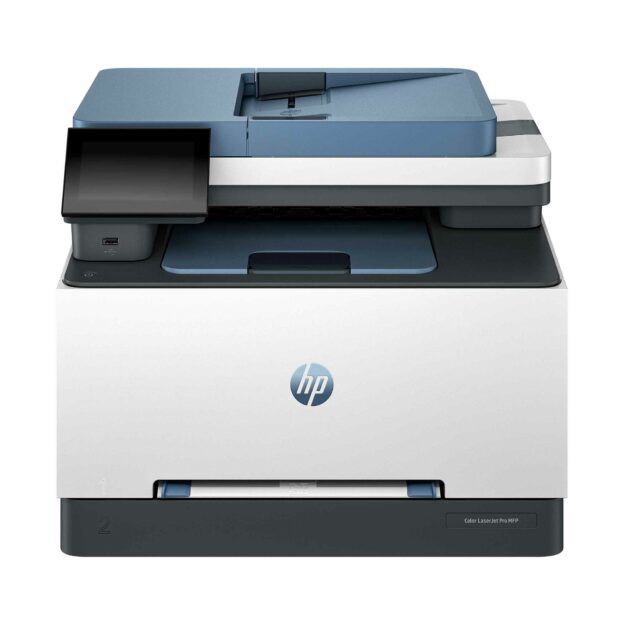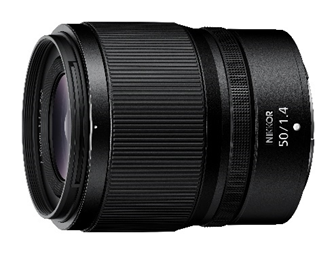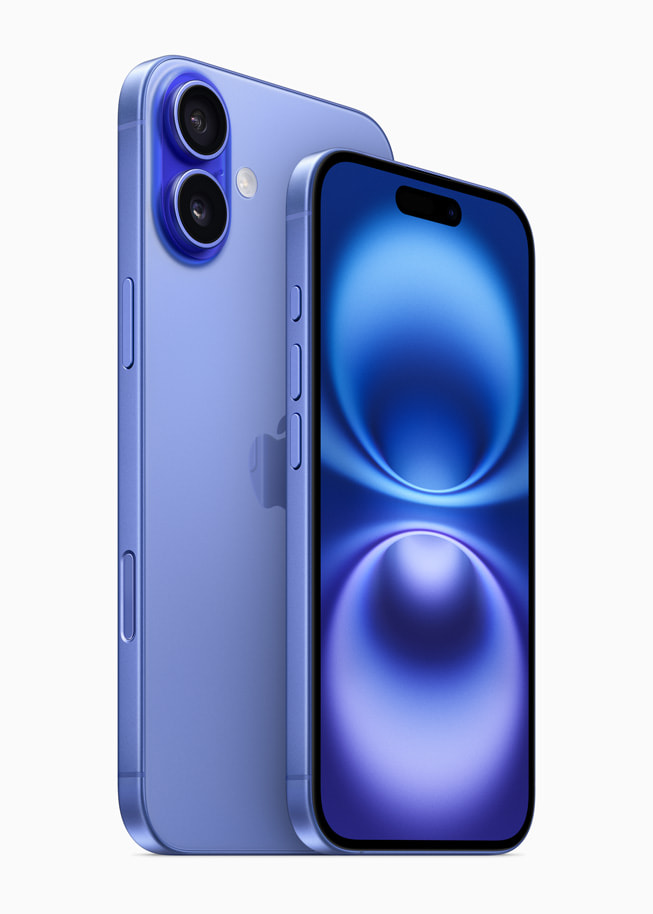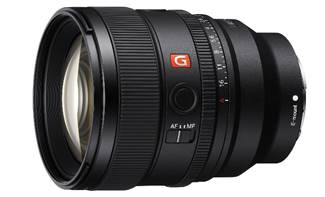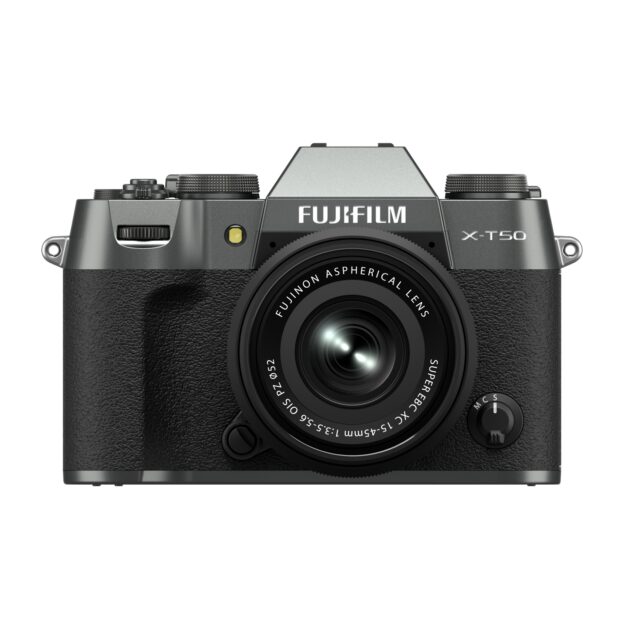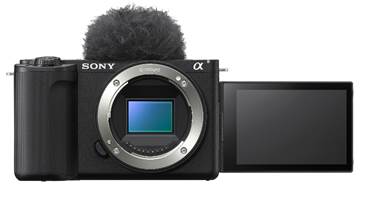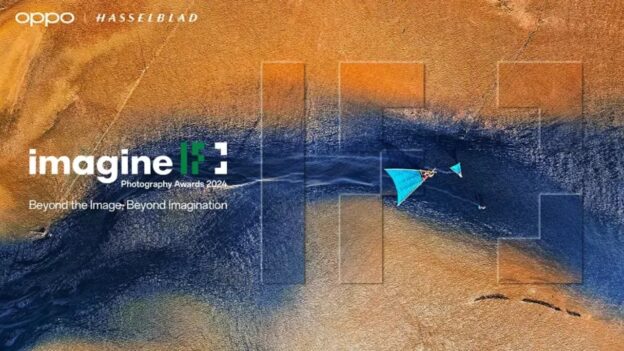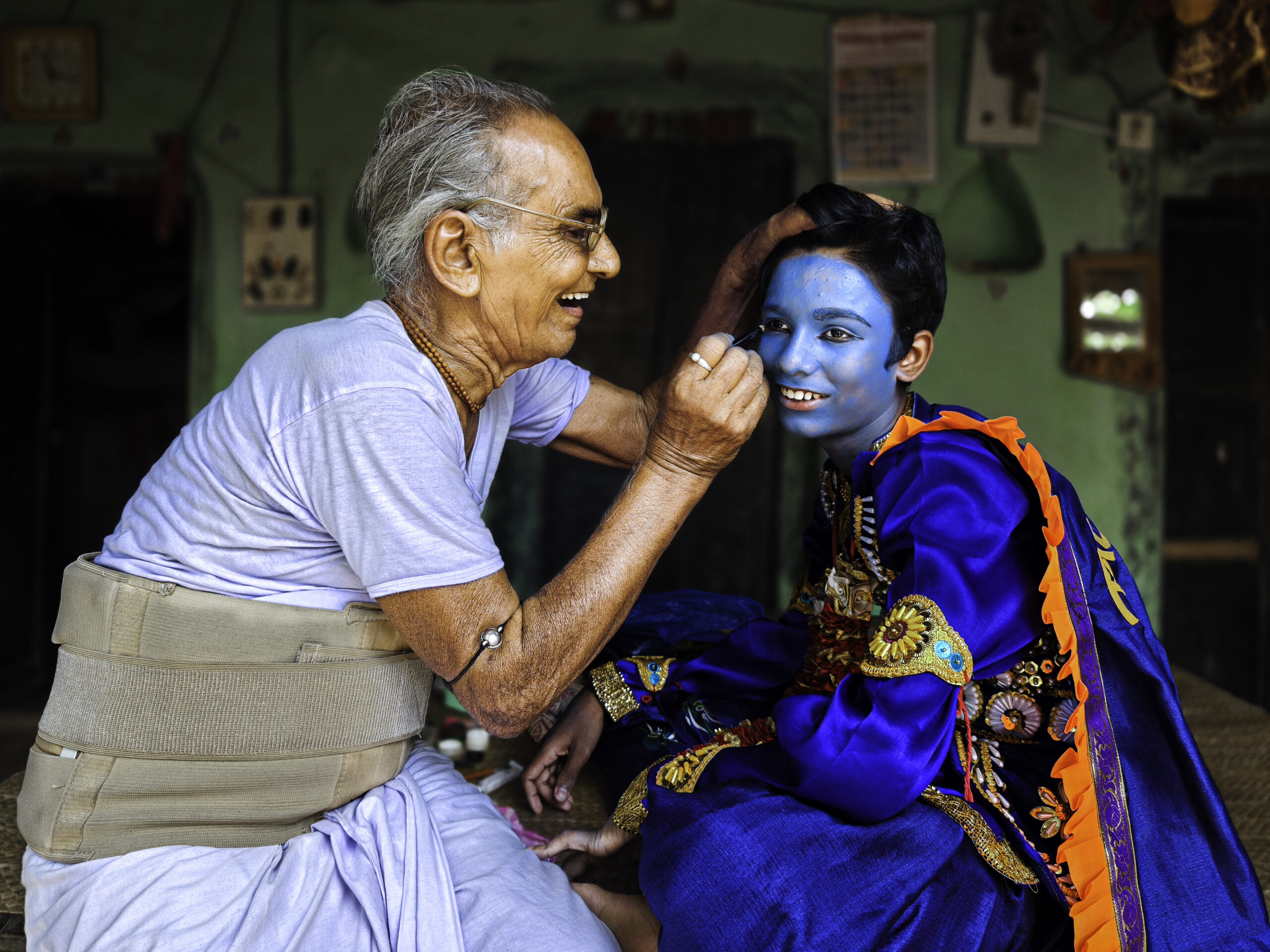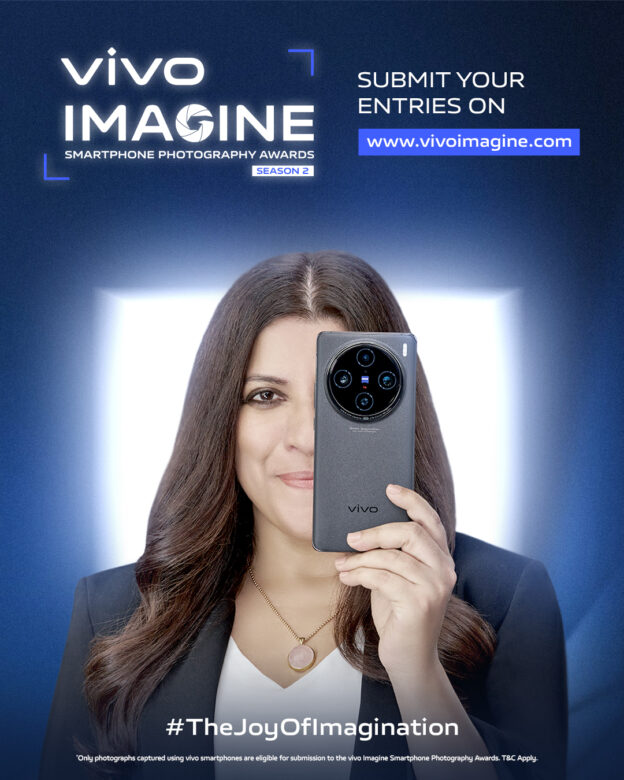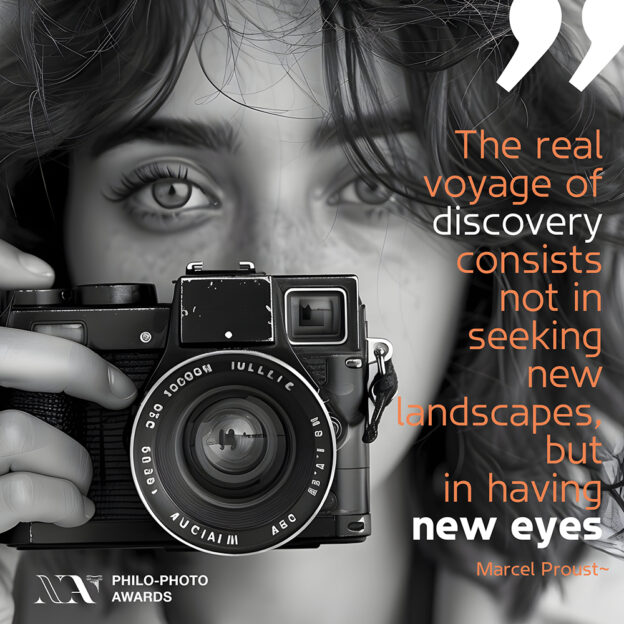DJI, a leader in drone and camera technology, has unveiled its latest action camera, the Osmo Action 5 Pro, boasting several industry-first features that elevate it to professional standards. The new camera combines rugged durability with exceptional image quality, pushing the boundaries of action photography.
The Osmo Action 5 Pro’s standout feature is its groundbreaking (up to) 13.5-stop dynamic range, which enhances both high dynamic range and low-light performance. This range is powered by a next-gen 1/1.3” sensor with a 2.4 μm pixel size, making it the first action camera to offer professional-level specs. With the ability to capture 10-bit D-Log M and support hybrid log-gamma (HLG) displays, it excels in both high-brightness and low-light conditions. Additionally, its SuperNight mode uses AI noise reduction to deliver superior clarity in extremely dark environments.
Battery life is another area where the Osmo Action 5 Pro excels, with a 4-hour continuous recording capability—a 50% improvement from its predecessor. This is made possible by a more efficient 4nm chip and a larger 1950mAh battery. Even in extreme temperatures as low as -20°C, the camera can last for up to 3.6 hours. Fast charging is another feature, offering two hours of shooting from just 15 minutes of charging.
The Osmo Action 5 Pro is also the first action camera to offer built-in subject centering and tracking without the need for a gimbal. Using a 4nm chip and machine learning, the camera automatically adjusts framing to keep subjects centered, enhancing video quality for dynamic action scenes.
For underwater enthusiasts, the camera is waterproof to a depth of 20 meters without an additional case. It includes features like automatic underwater recording and a built-in pressure gauge to track depth and time, ensuring both creative flexibility and user safety.
The camera is equipped with dual OLED high-brightness touchscreens, providing clear visibility even in bright daylight, and offers improved audio quality via the DJI OsmoAudio™ ecosystem, which connects directly to the DJI Mic 2 Transmitter for studio-quality sound.
Other notable features include 47GB of built-in storage, Wi-Fi livestreaming, timecode support for multi-camera synchronization, and live photo capabilities. The DJI Mimo app allows creators to adjust settings, preview footage, and edit videos directly on their smartphones.
The Osmo Action 5 Pro is available now at DJI’s online store and authorized retailers. The Standard Combo is priced at $35,250, while the Adventure Combo, which includes additional accessories, retails for ₹44,250.
